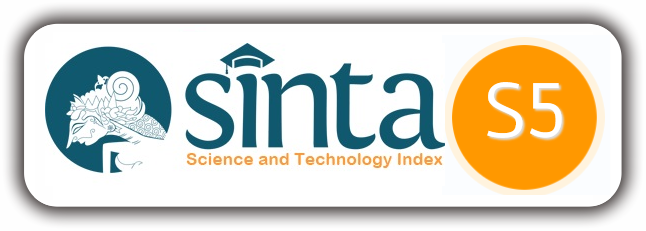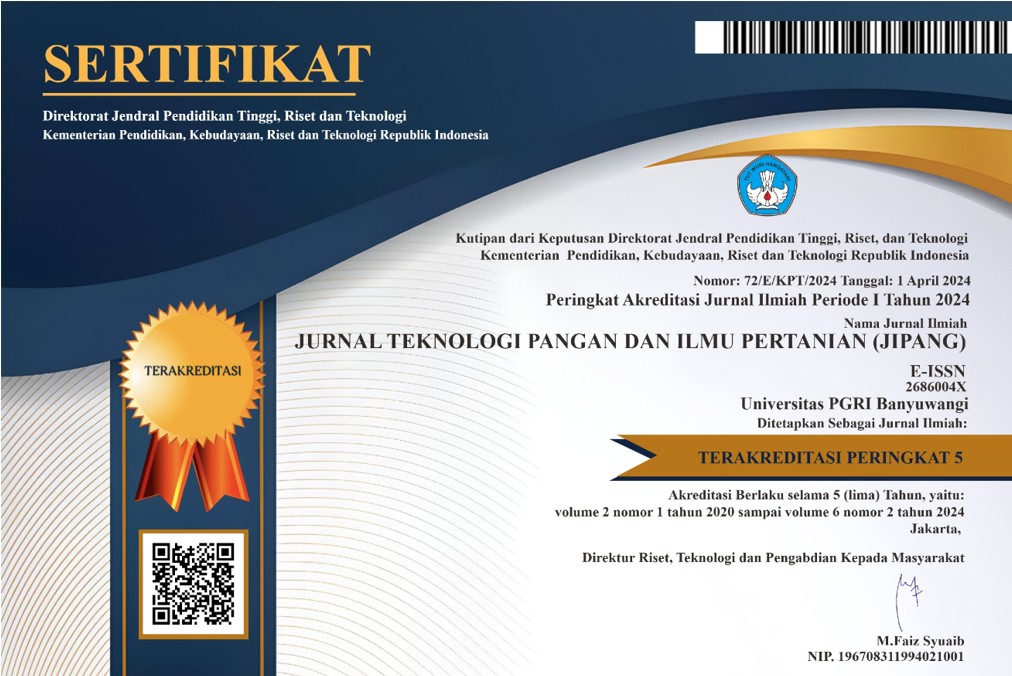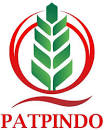TEKNIK PASCA PANEN PAPRIKA (Capsicum annum var. grossum L) DI AGROWISATA PUNCAK BUKITCATU BEDUGUL-BALI
Post-Harvesting Technique of Paprica (Capcisum annum var. grossum L) at Bukitcatu Peak Agritourism, Bedugul Bali
DOI:
https://doi.org/10.36526/jipang.v3i1.2662Keywords:
harvest, post-harvest, paprikaAbstract
Fruit and vegetable commodities are very easily damaged when harvested because of the respiration and transpiration processes in the fruit. The most effective way to reduce respiration rate is by lowering the product temperature and packaging method. One way of packaging using plastic packaging. The selection of the thickness of the plastic packaging is critical because it is related to the permeability of the plastic to environmental conditions. The purpose of this fieldwork practice is to find out good post-harvest techniques for paprika plants in Agrowisata Puncak Bukit Catu Tabanan, Bali. The method used is a field study by collecting data through direct observation, namely direct interviews with all relevant parties, practice, and documentation, as well as literature study by taking data from the company and comparing it with theory. The result of this study are post-harvest handling of paprika commodities including sorting, namely separating damaged fruit, grading, namely separating paprika according to its size, washing, storing, packaging, and transporting.
References
Hadinata, T. (2004). Standar Mutu Paprika. Lembang-Bandung.
Prihmantoro, H & Y. H. Indriani. (2000). Paprika Hidroponik dan Non Hidroponik. PT. Penebar Swadaya, Jakarta.
Sudjata, Wisaniyasa. (2016). Fisiologi dan teknologi Pascapanen (Buah dan Sayuran. Buku Ajar No ISBN: 979-8286-76-6. Udayana Press.
Yunita I, Tambunan S, Prasetyawan DE, Fitriani RE, Widowati A,Lestari FI, Maudzotussyrifah. (2011). Makalah Panen dan Pascapanen. Program Studi Agroekoteknologi. Fakultas Pertaniang: Universitas Brawijaya.











